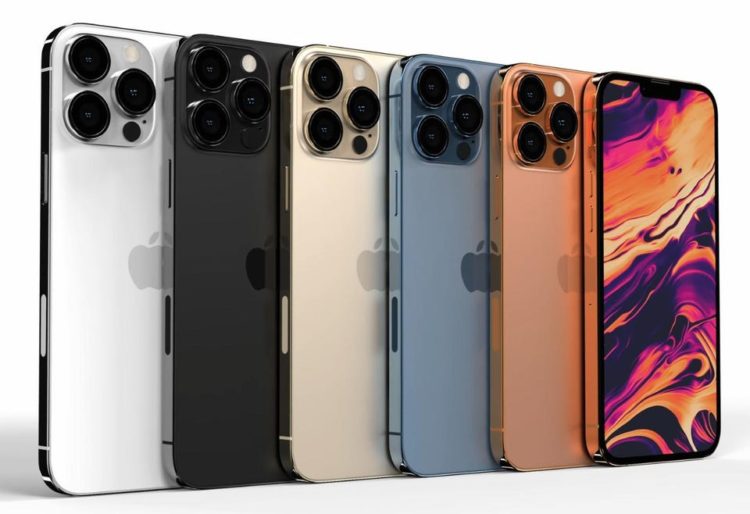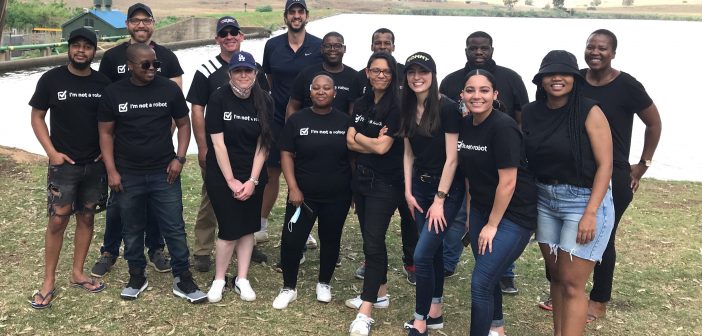Apple is rolling out a new self-service repair program in early 2022

Apple has announced that a new self-service repair program for the iPhone 12 and iPhone 13 models would be available in early 2022, with an emphasis on common repairs such as damaged screens, battery problems, and camera issues.
Users will be able to purchase repair components and tools directly from the company.
Customers will soon be able to repair their own devices using official Apple parts, tools, and instructions, a big departure for a company that has historically been protective of its hardware.
According to Apple, the new self-repair service is “intended for individual technicians with skills and experience to restore electrical products,” and users must first read the repair handbook before ordering supplies. Apple intends to expand the program in 2022 to cover Macs with M1 CPUs.
According to Apple, the program will begin in the United States and then expand to other countries over the course of the year.
“Creating expanded access to Apple original components offers our consumers with even more alternatives if a repair is required,” said Apple’s chief operating officer, Jeff Williams, in the statement. “Over the last three years, Apple has nearly doubled the number of service locations with Apple original parts, tools, and training, and now we’re providing users the option to handle their own repairs.”
In July, President Joe Biden signed an executive order urging the Federal Trade Commission to investigate companies that restrict do-it-yourself repairs.
That same month, the FTC voted overwhelmingly to approve a new policy giving consumers broader rights to repair their electronics.
Customers must now repair their Apple devices through the company or one of the over 5,000 authorized service partners.
In 2019, Apple also launched an independent repair program, which supplies parts and tools for repair to 2,800 independent specialists.
Apple has been chastised for exercising such tight control over its hardware and software, including inventing unique components for the iPhone a decade ago, making it extremely difficult for customers to disassemble their cellphones.







